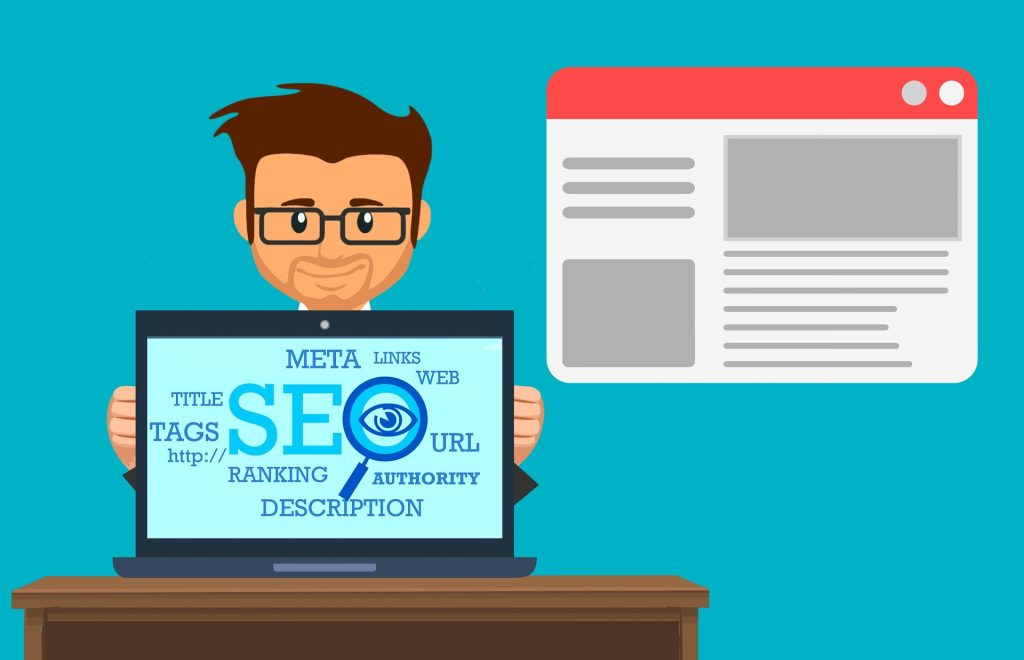Top 10 Pointers to Improve SEO Ranking on Your Website
Search Engine Optimization (SEO) is crucial in order to improve the SEO ranking for attracting more traffic and customers. Here are the top 10 pointers to help you improve your WordPress website’s SEO ranking:
1. Choose an SEO-friendly theme
An SEO-friendly theme is designed to be optimized for speed, performance, and user experience. A good theme will be mobile-responsive, have clean and optimized code, and include proper schema markup. Schema markup helps search engines better understand the content of your website and can increase your visibility in SERPs.
2. Install an SEO Plugin
Install an SEO plugin, such as Yoast SEO, or Rank Math, to help you optimize your website’s content and structure. These plugins provide a user-friendly interface to add meta tags, optimize your website’s structure, and analyze your website’s content for SEO purposes. They also offer features such as XML sitemap generation, breadcrumb navigation, and social media integration.
3. Conduct Keyword Research
Identify the keywords and phrases that your target audience is searching for and incorporate them into your website’s content. By understanding the search intent of your audience, you can optimize your website’s content to attract more traffic and customers. Tools such as Google Keyword Planner, Ahrefs, and SEMrush can help you identify relevant keywords and analyze their search volume and competition level.
4. Optimize Your Website’s On-Page Elements
Ensure that your website’s titles, meta descriptions, headings, and images are optimized with relevant keywords.Your website’s title tag is the most important on-page element for SEO, as it tells search engines what your website is about. Your title tag should include your primary keyword and be no more than 70 characters. Your meta description should be around 155-160 characters and include a compelling description of your website.
Headings (H1, H2, H3) help organize your content and make it easier to read for both users and search engines. Including relevant keywords in your headings can improve your website’s visibility in SERPs.
Image optimization involves using alt tags to describe the content of your images. Alt tags help search engines understand what your images are about and can improve accessibility for visually impaired users.
5. Build Quality Backlinks
Build high-quality backlinks from reputable sources to improve your website’s authority and credibility. Backlinks are links from other websites that point to your website. Backlinks are important for your website’s SEO because they signal to search engines that your website is valuable and trustworthy. However, not all backlinks are created equal. High-quality backlinks from reputable sources are more valuable than low-quality backlinks from spammy websites.
To build quality backlinks, you can reach out to other websites in your industry and ask for a link to your website. You can also create high-quality content that naturally attracts backlinks from other websites.

6. Use a Caching Plugin
Use a caching plugin, such as WP Super Cache or W3 Total Cache, to improve your website’s speed and performance. Website speed is a crucial factor in your website’s SEO ranking. A caching plugin can help improve your website’s speed and performance by caching your website’s pages and serving them to visitors more quickly.
7. Improve User Experience
User experience (UX) is the overall experience that visitors have when interacting with your website. A positive UX can improve your website’s SEO ranking by reducing bounce rates and increasing engagement. To improve your website’s UX, focus on providing fast load times, mobile responsiveness, and easy navigation.
8. Publish High-Quality Content
Regularly publish high-quality and relevant content, such as blog posts, infographics, and videos, to attract and retain visitors to your website. When creating content, focus on your target audience and their search intent. Use relevant keywords and include multimedia such as images and videos to make your content more engaging.
9. Optimize for Local SEO
If you have a local business, optimizing for local SEO can help you attract more customers in your area. Local SEO involves optimizing your website for location-specific keywords and phrases, as well as creating local business listings on directories such as Google My Business and Yelp. Include your business’s name, address, and phone number (NAP) on your website and in your local listings to improve your visibility in local search results.
10 . Monitor Your Website’s Performance
Monitoring your website’s analytics can help you track your SEO progress and identify areas for improvement. Use tools such as Google Analytics and Search Console to monitor your website’s performance, identify issues, and make data-driven decisions to improve your SEO strategy. Analyze your website’s top-performing pages and keywords, as well as your website’s user behavior, to identify opportunities for optimization.
In conclusion, improving your WordPress business website’s SEO ranking is crucial for attracting more traffic and customers. Remember to stay up-to-date with the latest SEO trends and best practices, and regularly monitor your website’s analytics to track your progress.
Contact Dare2Dezign today for questions or if you need assistance with SEO.


